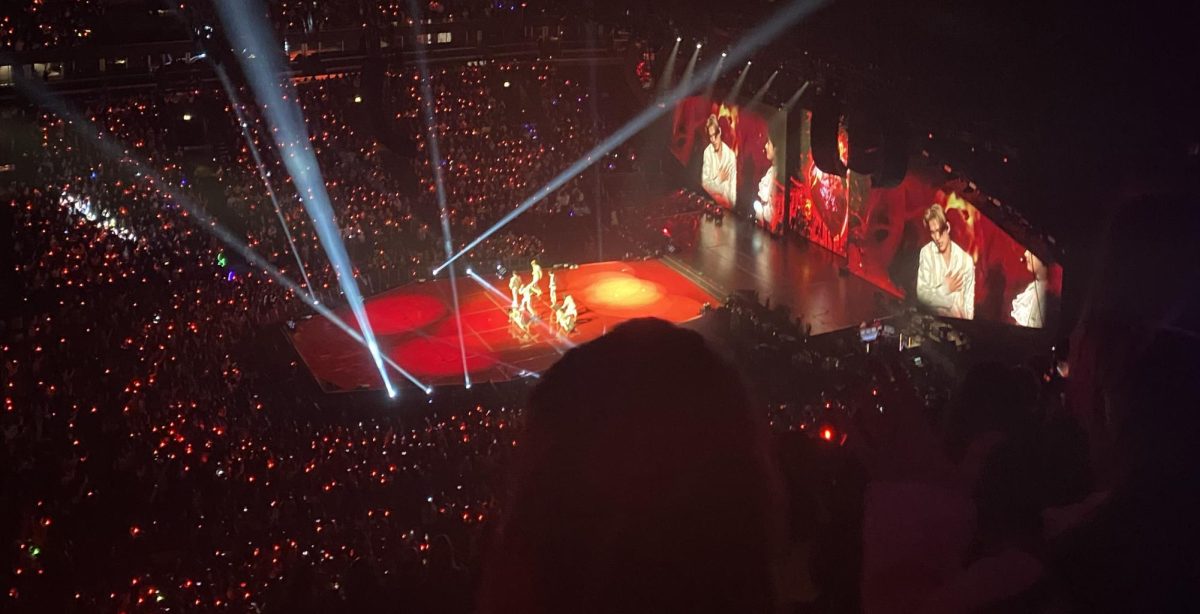English Teacher Dayna Cottrell has been involved in performing arts since her childhood. Coming from a background of singing, dancing, and theater and wanting her daughter to experience the same, Cottrell decided to buy tickets to see the Joffrey Ballet. Opening the Joffrey website, she was surprised at the extreme prices of a live show.
“I love ballet, but seeing the prices for a single show was discouraging, especially wanting to expose my daughter to the arts,” Cottrell said. “It was hard to justify spending $200 to $300 on a ticket for a show.”
Similarly to Cottrell, junior Esther Kim was startled at the absurd price of her concert ticket for her favorite Korean pop group Enhypen and had to opt for a seat in the nosebleeds.
“These days, [prices for live shows] are too high,” Kim said. “The money that I paid was too much for [only] a glimpse of the people that we want to watch.”
According to a nonscientific The Oracle survey of 333 students, 38 percent of students at South agree that live shows are too costly. As the cost of live shows increases, those who can afford to see them decrease, according to The New York Times. After the Covid-19 pandemic, live events have come back with a bang, and with this comeback came the rise of demand and ticket prices to extraordinary levels, The New York Times reported.
Entertainment costs have risen due to inflation racking the country, Mary Beth Zerwic, Social Studies teacher, said.
“We are experiencing the rise in prices of all things in the market,” Zerwic said. “[Everything] it takes to put on a show is increasing as well, impacting the price of a ticket.”
While Cottrell dislikes the cost of entertainment, she believes there is value in broadening worldviews through the consumption of live shows.
“It is important for [people] to be exposed to a variety of perspectives,” Cottrell said. “Music [and performance] are [different forms of telling] stories, and that is really powerful. We should be reaching for perspectives and hearing other people’s stories; it is what makes us human.”




![LEFT, RIGHT, CENTER: Members of the Drama Club gather in the drama room to block their scenes for their incoming production as part of the Glenbrook Story Project. [Left to right] sophomore Riley Talbot, senior Lukas House, and senior James Dravenack act out a scene called Dragon House Carnival.](https://theoracle.glenbrook225.org/wp-content/uploads/2025/05/MG_4193-800x1200.jpg)


